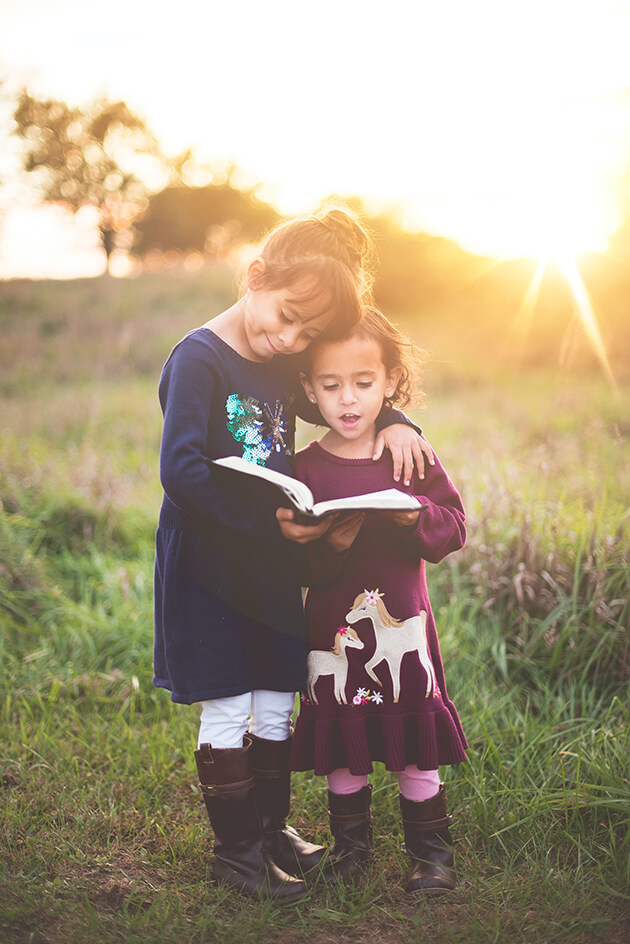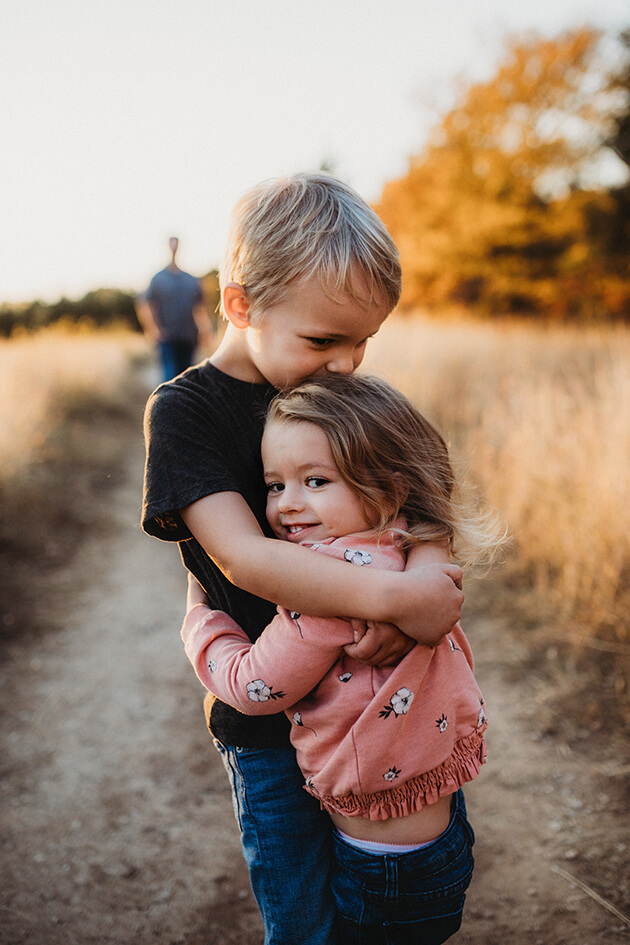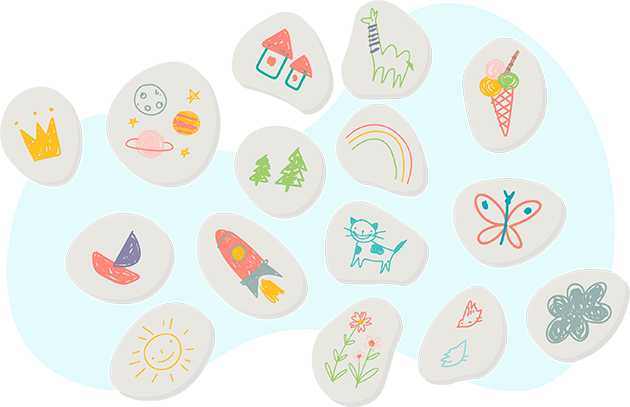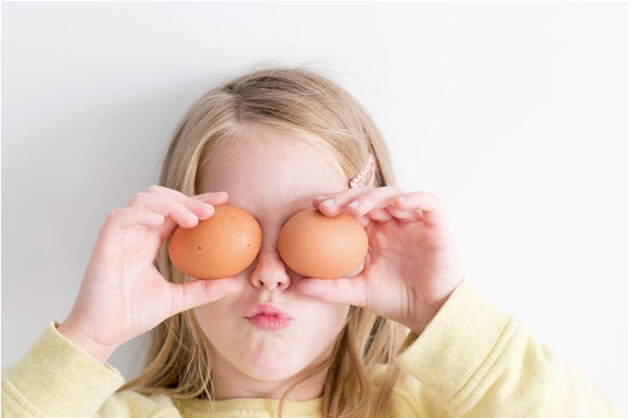Early Years as a field is ‘definition rich’, as we have all the abbreviations and acronyms under the sun to describe what is done daily. Therefore the definitions and expectations can be confusing.
We have summarised the revised Early Learning Goals information, while also clarifying all terms, highlighting their importance, and suggesting easy activities to master Areas of Learning and Development.
What are the Early Learning Goals?
In July 2020, the Department for Education (DfE) introduced the revised Early Learning Goals (ELG), linked closely to the statutory Areas of Learning and Development, as supporting guidance available to be used by all Early Years Foundation Stage (EYFS) users, this new framework became statutory from September 2021.
What are prime and specific Areas for Learning and Development?
In the 2021 version of the Early Years Framework, the Areas of Learning and Development are sub-categorised into prime and specific areas of need:
The new document also highlights the interlinking importance of observing characteristics of effective learning throughout the Areas of Learning and Development:
We’ve broken down the Areas of Learning and Development and their linked Early Learning Goals, while highlighting just how important these skills are for later life.
Communication and Language
- Listening, Attention and Understanding
- Speaking
Personal, Social and Emotional Development
- Building Relationships
- Managing Self
- Self-Regulation
Physical Development
- Gross Motor Skills
- Fine Motor Skills
Literacy
- Comprehension
- Word Reading
- Writing
Mathematics
- Number
- Numerical Patterns
Understanding the World
- People, Culture and Communities
- The Natural World
- Past and Present
Expressive Arts and Design
- Creating with Materials
- Being Imaginative and Expressive
Why are the Early Learning Goals important?
Communication and Language
The ability to communicate is the most fundamental life skill a child can have. It is required to learn, develop friendships, and to impact future life chances. There are close links between social disadvantage and diminished language development, not a direct predictor of poor language skills but heavily evident in research; as many as 50% of children in some areas of social disadvantage start school without the language they need for learning.
Personal, Social, and Emotional Development
Tying in closely with the importance of strong communication skills, the understanding of self and others allows for the young children to build friends, morals, self-esteem, and interest. Additionally it builds motivation for their play and learning, with respect for others and themselves.
Physical Development
hysical movement and activity is needed for happiness and a healthy lifestyle. Create mentally and physically beneficial habits at the earliest opportunity. The importance for this Area of Learning and Development encourages strength, stamina and coordination, which are all skills needed for a healthy life and school readiness.
Literacy
From nurseries to schools, reading is a current area of development across all settings. Delivering magic and wonder through the medium of story can plant the first ‘avid reader’ seeds, giving the gift of independent learning skills. Building a strong foundation of language- both written and spoken- equips the children with skills that stretch beyond academics. It is found that children with vocabulary difficulties at age 5 are 3 times more likely to have mental health problems in adulthood. This highlights the need to develop their skills right from their time spent at nursery settings.

Mathematics
Which can be thought of as only number in isolation, Maths opens a world of self-enquiry, learning, and curiosity. It is an area crucial for: cooking, architecture, STEM related topics, as well as the whole process of creating and testing theories. In particular, the development of mathematical skills and interests are important for girls, with females being significantly underrepresented in the STEM field.
Understanding the world
The new Early Years Framework now focuses on people, cultures, and communities in the natural world both past and present. This allows the children to not only understand their own story and history, but to connect with the history of their community they belong to and to become more responsible global citizens.
Expressive Arts and Design
The final Area of Learning and Development allows the self-expression necessary for their interests and motivations to grow, all while in the security of the nursery’s nurturing environment. These prime opportunities for sensory exploration are vital to the development of the child’s concrete understanding of texture and materials.
5 easy activities to support the mastery of Areas of Learning and Development
We have collated our 5 favourite ideas for you to further develop the children’s skills in the prime and specific areas of development:
1. Can you remember?
A fantastic and engaging way to master alphabet recognition is to try this memory game. Bonus: it needs only paper plates and a felt tip! Learning through movement is proven to help the transfer to long-term memory and is super inclusive for your neurodiverse children who may struggle with longer stints of concentration.
2. Simon says
An oldie but goodie! This well-known game can be used to develop physical strength and stamina. For example: “Simon says, do 5 star jumps!” Or it can encourage social interaction: “Simon says, find someone who would like a hug.” As well as learning to follow instructions, this game is exposing your children to a host of new vocabulary.

3. Story stones
These can be decorated by your children themselves or can be bought relatively inexpensively online. This opens a world of storytelling, ordering, grouping with themes, linking with communities, while simultaneously using the fine motor skills required for the manipulation of the stones themselves. The possibilities are endless!

4. Cook up a storm
Getting the children involved with cooking activities is a perfect way to engage them with all aspects of learning and development. This includes: measuring and counting, teamwork, mixing actions and coordination, linking to different cultures and traditional food, as well as decorating opportunities. Roll up your sleeves!

5. I can go the distance!
We love this idea: using masking tape, or with chalk, draw several lines with about 30cm gap in-between them. You can label each ‘segment’ with a number. When the object of their choice (e.g. a beanbag, teddy, tennis ball) lands in the segment, they can engage with activities linked to this number. This can be counting forwards or backwards, doing 4 star jumps, or reading the number written. The sky’s the limit here!
This is a perfect way to develop the core strength needed for control, build gross and fine motor skills, as well as mild competition, concentration, and trial and error!

Each day you help the children in your setting to grow and nurture their interests in all 7 Areas of Learning and Development. See an activity you like for your setting? Why not share it for your staff to try!